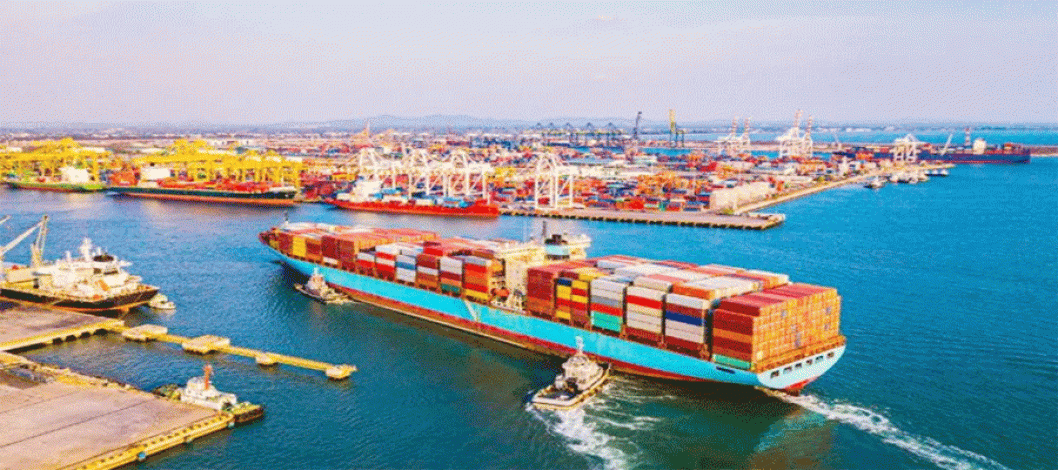
Photo: Collected
The government has maintained export incentives and cash assistance in 43 sectors in the first six months of the current 2025-26 fiscal year (July-December). The rate of export incentives and cash assistance for shipped goods has been increased from 0.30 percent to a maximum of 10 percent, depending on the product. Following the government's decision, Bangladesh Bank has issued a notification in this regard.
Sources said that the government has postponed the deadline for completely withdrawing financial incentives in the export sector by another six months for three reasons. It was supposed to be implemented from next July. Now it has been postponed to December.
The source said that the reason for this deadline has been postponed is the imposition of high tariffs on Bangladeshi goods by US President Trump, India's restrictions on the export of Bangladeshi goods through land ports, and instability in the industrial sector after the change in the political situation last year. The amount of incentives given to the export sector in the past seven fiscal years was Tk 46,715 crore. The export-oriented ready-made garment industry received the lion's share (more than 80 percent) of this financial incentive.
The former Awami League government reduced export incentives in two phases last year. At that time, it was said that Bangladesh would graduate from the Least Developed Country (LDC) list and become a developing country in 2026. According to the World Trade Organization (WTO) regulations, no export incentives or cash assistance can be given after graduation from an LDC. If the assistance is withdrawn all at once after graduation from LDC, the export sector will face challenges. Therefore, the government has decided to reduce the assistance in stages.
The biggest beneficiary of the cash assistance is the ready-made garment and textile sector. Exporting ready-made garments manufactured using domestic yarn to new markets will get a maximum incentive of 5.9 percent, which was 9.1 percent before June last year.
Currently, the country's second-largest export sector is leather and leather products. Until December 31, there will be a 10 percent incentive for the export of leather products and a 6 percent incentive for crust and finished leather. In addition, a 10 percent cash assistance will be provided for processed agricultural products.
The export of jute and jute products has been declining for several years. Despite this, 10 percent cash assistance will be maintained for the export of diversified jute products. In addition, a 5 percent incentive will be provided for jute products and 3 percent for jute yarn. Similarly, cash assistance will be provided for the export of light engineering products at 10 percent, for raw materials for medicines at 5 percent, for bicycle exports at 3 percent, and for furniture exports at 8 percent. In addition, cash assistance will remain the same for the export of frozen shrimp, motorcycles, electronics, PET bottle flex, ships, plastic products, handmade products such as hogla, straw, sugarcane or coconut husks, ready-made garment factory jhoot, cow, buffalo intestines, horns and tendons, crabs, kunche, agar, perfumes, etc.
If you want to know, exporters in the knitwear industry, the organization BKMEA, said that traders have to go through a lot of trouble to get cash support for exports. To reduce this, the government can also give incentives to exporters in the same way as it gives incentives against remittance income. They said that our competitor country, India, is encouraging investment by giving incentives in various ways. However, the opposite is happening in Bangladesh. Meanwhile, despite the increasing costs along with the new challenges, the incentives have been reduced.
Source: Online/GFMM
Comment Now